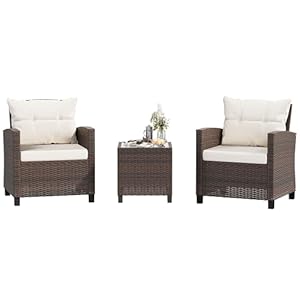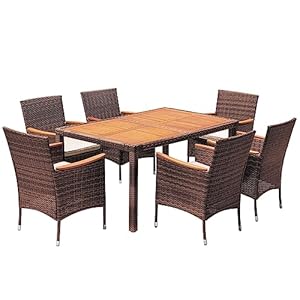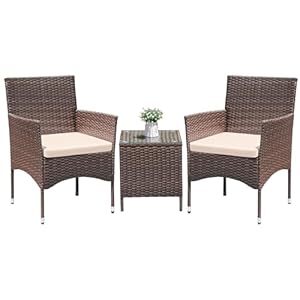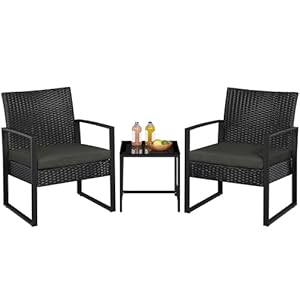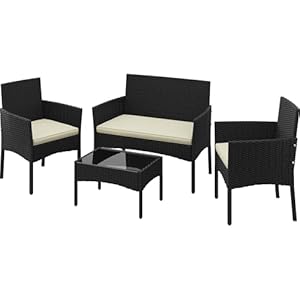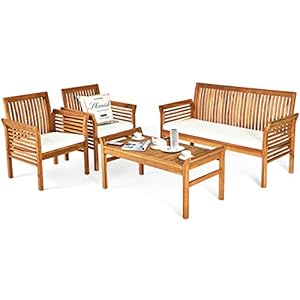
When it comes to nurturing indoor succulents, selecting the right potting mix is just the beginning. Imagine being able to create a thriving oasis of these resilient plants in your own home, effortlessly. From proper sunlight exposure to mastering the art of watering, there are essential techniques that can make all the difference in achieving lush, healthy succulents. Discover the key strategies that will not only help your succulents survive but truly thrive in your indoor space.
Choosing the Right Potting Mix
When planting indoor succulents, opt for a well-draining potting mix to ensure proper moisture levels and prevent root rot. Succulents, like cacti and aloe vera, thrive in soil that allows excess water to drain away quickly, mimicking their natural arid environment. Look for a potting mix specifically labeled for cacti and succulents at your local gardening store, or create your own by mixing regular potting soil with sand or perlite to enhance drainage.
The key to a successful succulent garden indoors lies in the soil composition. A well-draining mix prevents water from pooling at the roots, which can lead to rot and other issues. Remember, succulents are adapted to survive in arid conditions, so a sandy or gritty potting mix is ideal. Ensure that the soil dries out completely between waterings to prevent overwatering, a common cause of succulent demise.
Providing Adequate Sunlight
To ensure the healthy growth of your indoor succulents, it’s essential to provide them with adequate sunlight. Succulents thrive in bright light, so place them near a south-facing window where they can receive at least 6 hours of sunlight per day. If direct sunlight is limited in your home, you can opt for grow lights specifically designed for indoor plants to supplement their light needs.
Rotate your succulents regularly to ensure all sides receive equal sunlight exposure. This helps prevent them from leaning towards the light source and promotes even growth. Keep an eye out for signs of sunburn, such as brown or white spots on the leaves, which indicate they’re receiving too much direct sunlight. If this happens, gradually move them to a spot with slightly less intense light.
Remember that different succulent species have varying light requirements, so it’s essential to research the specific needs of your plants to ensure they thrive in your indoor environment.
Watering Succulents Properly
For healthy indoor succulents, ensure you water them properly to prevent overwatering. Succulents are adapted to survive in arid environments, storing water in their fleshy leaves, stems, or roots.
To water your succulents correctly, allow the soil to dry out completely between waterings. Stick your finger into the soil; if it feels dry an inch or two below the surface, it’s time to water. When watering, do so thoroughly but make sure the excess water can drain out of the pot. Empty the saucer under the pot to prevent the roots from sitting in water, which can lead to rot.
Remember, it’s better to underwater than overwater succulents since they’re more tolerant of drought than excess moisture. Adjust your watering schedule based on the season; succulents need less water in the winter when they’re dormant.
Preventing Pests and Diseases
Wondering how to protect your indoor succulents from pests and diseases? Preventing pests and diseases in your indoor succulents is crucial for their health and growth. One effective way to keep these issues at bay is by regularly inspecting your plants for any signs of trouble. Look out for common pests like mealybugs, spider mites, and aphids. If you notice any pests, isolate the affected plant to prevent them from spreading to others.
Another preventive measure is to avoid overwatering your succulents, as excess moisture can create a hospitable environment for pests and diseases to thrive. Ensure your succulents are planted in well-draining soil and pots with drainage holes to prevent waterlogging.
Additionally, maintaining good air circulation around your succulents can help deter pests and diseases. Consider placing a small fan near your plants to improve air circulation indoors.
Garden

